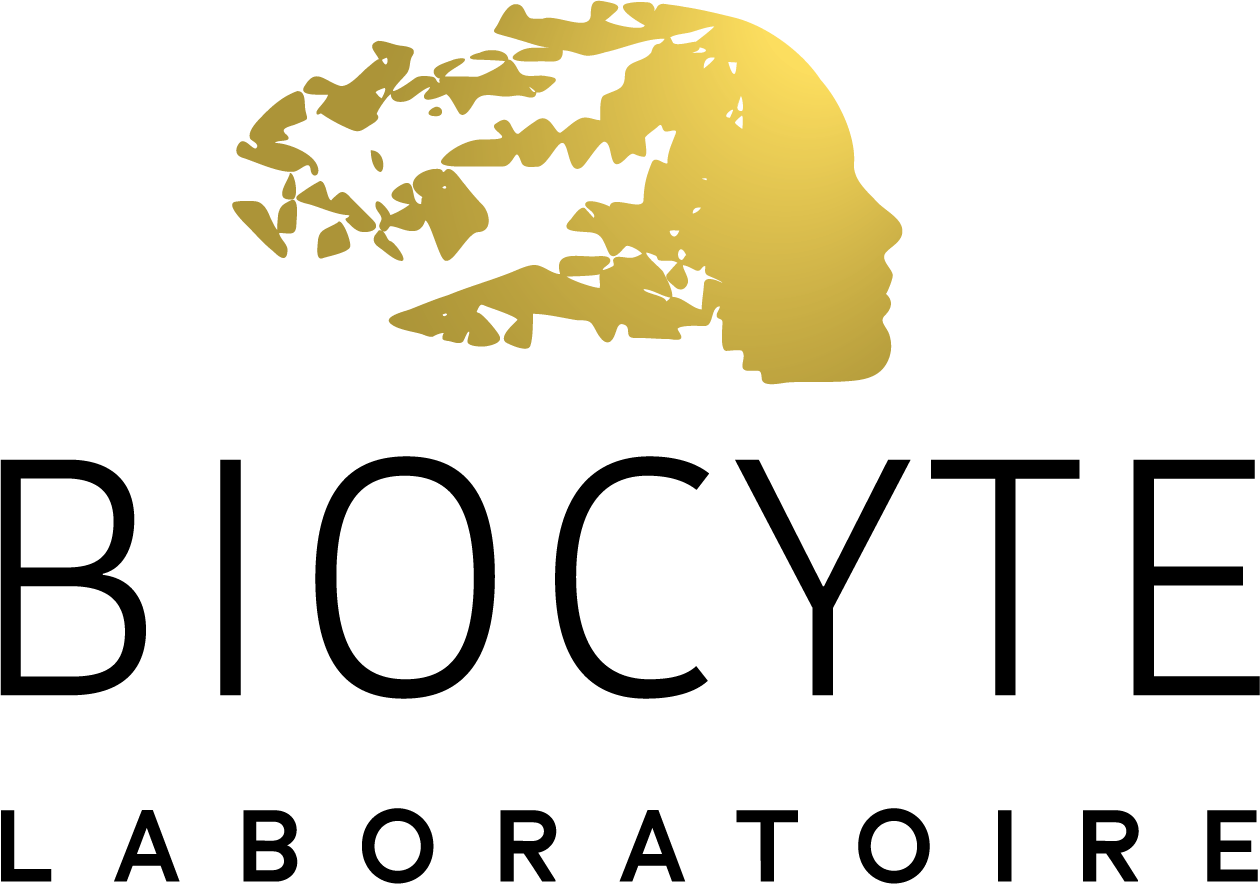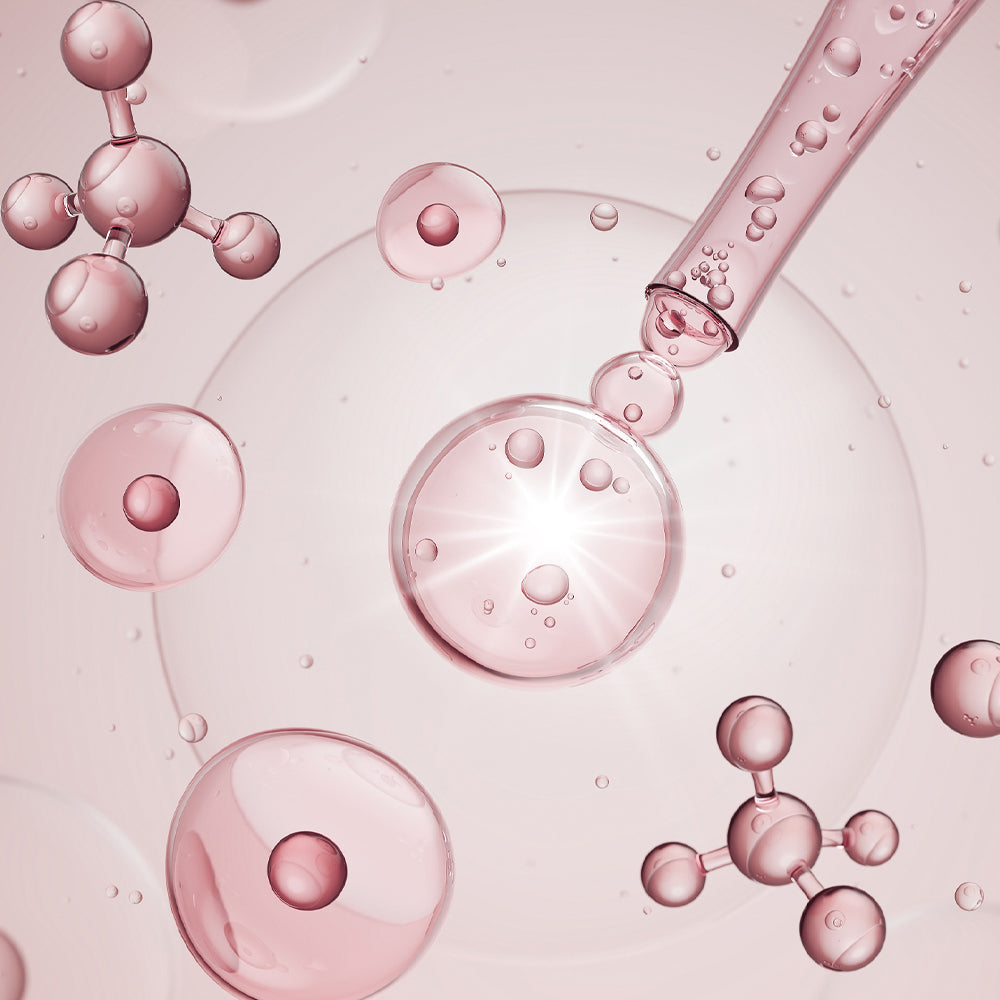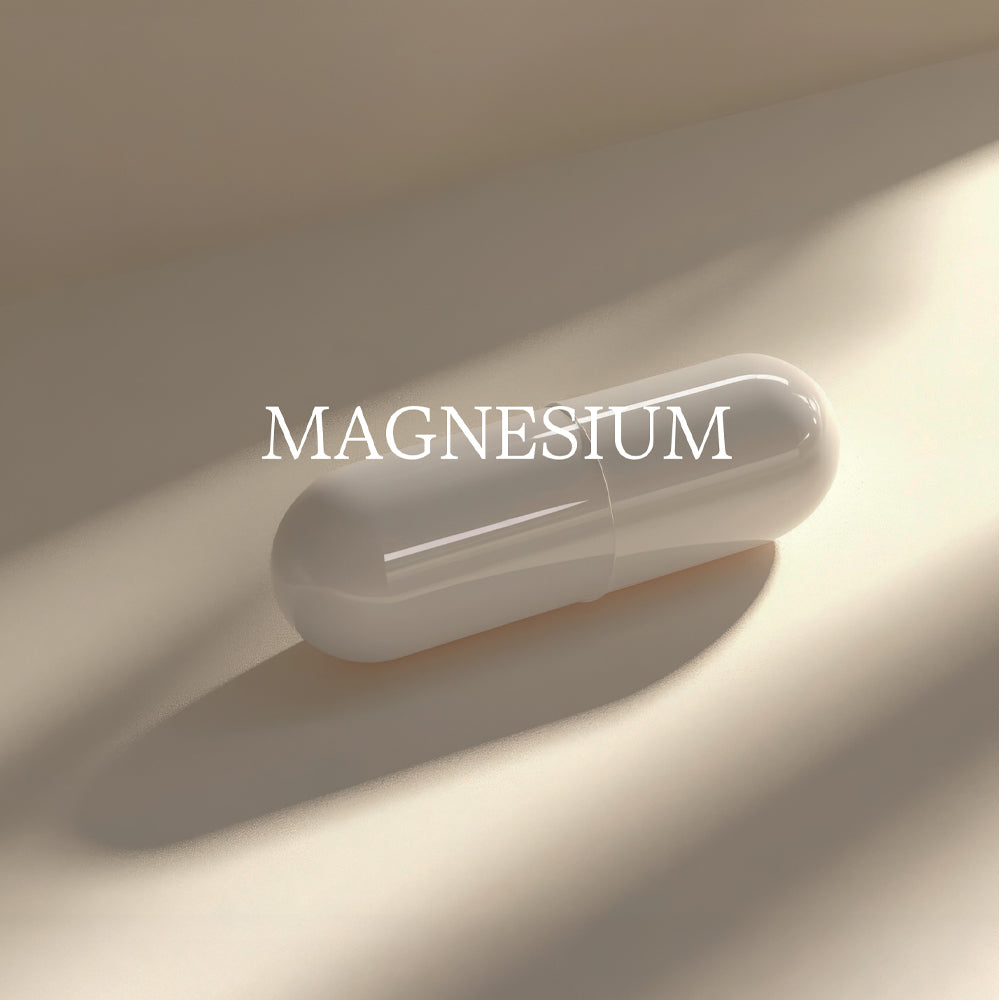
Why take a calcium cure?
How to compensate for a calcium deficiency?
Since calcium is the most abundant mineral in the body, it is important to maintain a sufficient intake for the proper functioning of the body. Calcium contributes to the maintenance of normal bones, strong teeth, and the strengthening of muscle and nerve cells. A decrease in calcium can manifest itself, among other things, in mild reflex dysfunctions and tingling in the muscles. But a calcium deficiency in its most serious form can lead to certain diseases that weaken the skeleton and should be the subject of a medical consultation. A course of dietary supplements is necessary to compensate for a slight lack of calcium, as is adopting a healthy diet.
Calcium deficiency: the benefits of food supplements
A course of Liposomal Calcium in capsule form helps maintain normal bones. The Liposomal Calcium dietary supplement from Biocyte is formulated with calcium, as well as vitamins D3 and K12, which improve calcium bioavailability. However, calcium supplementation should be part of a healthy, balanced diet.
Calcium deficiency: favor certain foods
Essential for the normal formation of bones, but also teeth , calcium is naturally present in foods, but at a higher or lower level depending on their nature. To compensate for the lack of calcium , include beneficial algae such as wakame in your menus, which, beyond its high calcium content (1000 mg), detoxifies the body. This brown algae is easily prepared in salad or soup. Wakame is said to be 10 times richer in calcium than milk (Source: futura-sciences ).
Fruits, dried vegetables, and fresh vegetables are also rich in calcium. It is also recommended to consume five fruits and vegetables per day.
The nutritional references updated in 2016 by the French Agency for Food, Environmental and Occupational Health Safety (ANSES) show 860 mg for young people aged 19 to 23 and 750 mg for adults over 24. The recommended dietary intake (RDI) is 1200 mg per day from the age of 10 to 19, to be supplemented if necessary. (Source: ANSES )
The importance of calcium for the body
99% of the calcium in the human body helps build and maintain strong teeth and bones. In younger people, calcium promotes normal bone growth . In adults, calcium helps maintain bone mass. In older people, adequate calcium levels help prevent certain serious diseases that make bones fragile and prone to fractures.
A sufficient intake of extra-osseous calcium – which is found in the blood and extracellular fluids – contributes to the improvement of muscle contraction, blood clotting, the proper formation of the 3 hormones regulating calcemia (calcitriol, parathyroid hormone, calcitonin), good nerve conduction and the activation of certain enzymes.





